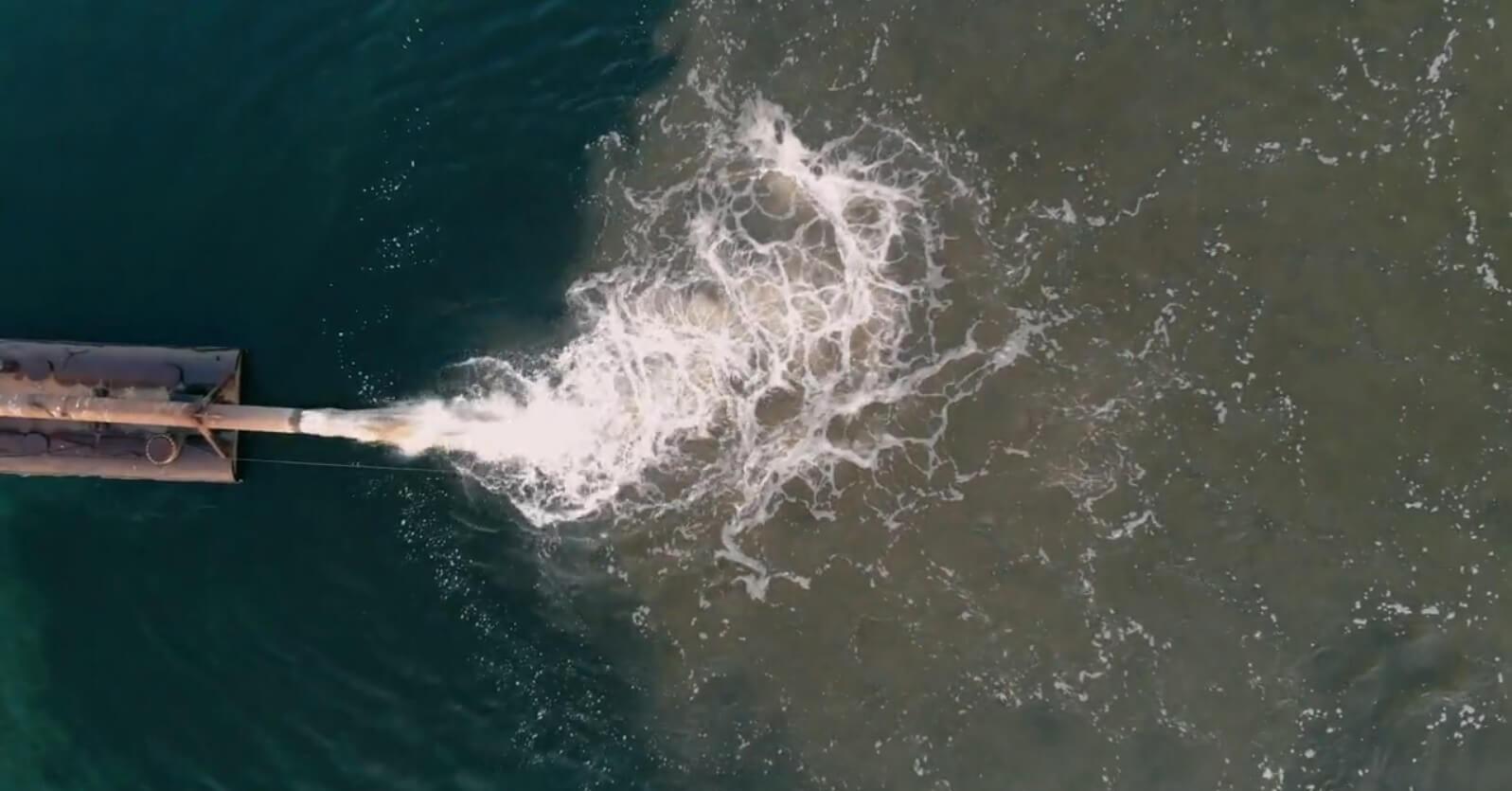The Camp Lejeune water contamination incident is a dark chapter in U.S. history, affecting around one million military personnel, their families, and civilians. The contamination lasted for decades, from 1953 to 1987, and has led to serious health conditions, including cancers, birth defects, and kidney disease. This article explores the reasons behind the lingering Camp Lejeune lawsuit and the impact it has had on the victims.
The Contamination
What Happened?
Camp Lejeune, a U.S. Marine Corps base in North Carolina, suffered from water contamination due to volatile organic compounds (VOCs) like tetrachloroethylene (PCE), trichloroethylene (TCE), vinyl chloride, and benzene. These chemicals infiltrated the water systems, leading to severe health issues among those who lived and worked at the base.
The Impact
The contamination led to many stillbirths, cancers, and severe illnesses among military members, family members, and workers. The levels of harmful chemicals were hundreds of times above the maximum safe limit, making it one of the worst cases of water contamination in the U.S.
The Camp Lejeune Lawsuit
Legal Challenges
The Camp Lejeune Justice Act (CLJA), signed by President Biden in 2022, allowed victims to sue the government for personal injury and wrongful death damages. The Camp Lejeune lawsuit is expected to involve thousands of claims, making it a complex and prolonged legal battle.
Finding Representation
Filing a Camp Lejeune lawsuit requires specialized legal representation. Victims must find the right lawyer to handle the intricacies of the case, adding to the complexity and duration of the legal process.
Failures and Delays
Discovery and Response
Toxic chemicals were first discovered in Camp Lejeune’s water in 1982, but government officials allegedly ignored the problem for several more years. The slow response and efforts to keep the dangers quiet put more people at risk and contributed to the lingering effects of the contamination.
Health Effects and Compensation
The U.S. Department of Veterans Affairs (VA) has denied many claims related to the contamination, leading to further legal challenges. The long-term health effects, lack of early symptoms, and difficulty in connecting chronic illnesses to VOC exposure have made compensation a prolonged and arduous process.
Conclusion
The Camp Lejeune water contamination lawsuit lingers for decades due to the complexity of the legal challenges, the extensive impact on the victims, and the failures and delays in addressing the contamination. The incident serves as a grim reminder of the importance of environmental safety and the need for accountability and justice for those affected.
The Camp Lejeune lawsuit continues to be a symbol of a struggle for justice, reflecting the pain and suffering of those who were unknowingly exposed to hazardous materials. It’s a story that underscores the importance of vigilance, empathy, and the relentless pursuit of truth and justice.

